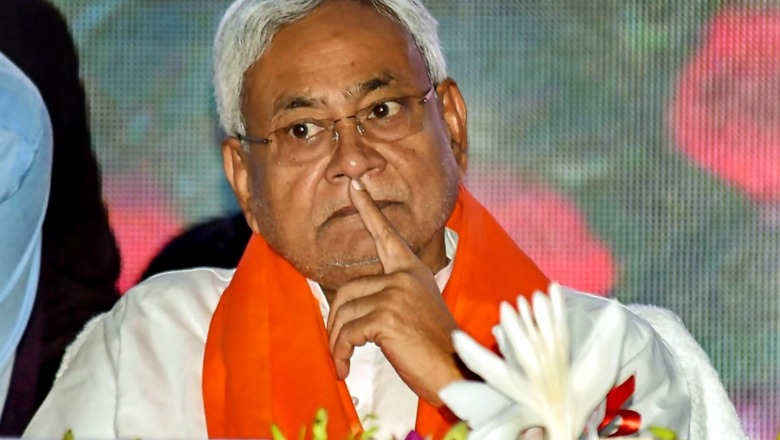
views
Poll-bound Bihar was among the northern Indian states with the lowest number of incidents of communal violence reported till 2017. But that has changed in the past three years.
While Bihar had few communal violence incidents in the 2012-17 period, Rajasthan had one of the least fatalities among Hindi heartland states, data collected through the responses of union ministers Kiren Rijiju and Hansraj Ahir in Lok Sabha in 2016 and 2018 respectively shows.
Among the northern Indian states, Bihar reported 366 such incidents in this period, Uttar Pradesh reported the highest number of cases at 1,010, Madhya Pradesh had 441, and Rajasthan 380. Other large states such as West Bengal reported 180 incidents and Jharkhand 85 (data of Jharkhand for 2017 wasn’t available).
The fatality in such cases during this time was the highest in UP at 237, Madhya Pradesh had 53, Bihar 42, Rajasthan 32 and Jharkhand 12.
Another study on ‘cow related’ crimes showed that it was mostly concentrated in the northern Indian states of UP, Haryana, Gujarat, MP and Rajasthan.
Out of 63 incidents related to attacks over the cow, the majority of crimes were also recorded in northern India, according to a study by India Spend which researched communal violence between 2010 and 2017.
The highest number of such crimes was in Uttar Pradesh at 10, Haryana had 9, Gujarat and Karnataka 6 each, and Madhya Pradesh, Delhi and Rajasthan had 4 each. Jharkhand reported 3 incidents. Bihar reported one incident in Saharsa while neighbouring Bengal too reported one incident.
Bihar registered a sudden surge in communal violence in 2017. There were 270 such reported cases, the same year when chief minister Nitish Kumar broke alliance with the Rashtriya Janata Dal (RJD) and Congress, and forged an alliance with the Bharatiya Janata Party (BJP). Cases of communal violence were reported from Bhagalpur, Araria, Munger, Aurangabad, Samastipur, Sheikhpura, Nawada and Nalanda.
Some analysts believe that the rise in sectarian violence in 2017 and 2018 was the result of polarisation that started in 2013. “Muzaffarpur-Vaishali in north Bihar has historically largely been free from communal violence,” says Mohammad Sajjad, who teaches modern history at Aligarh Muslim University. “Small incidents started since 2013, and in 2018 there were many riots in Bihar. There were riots in Muzaffarpur in 2015, and then again in 2018.”
The communal violence continued in 2018, affecting districts like Gaya, Arrah, Champaran, Muzaffarpur and Vaishali around Ram Navami festivities.
“The Nitish Kumar government was successful in stopping some communal incidents from converting into riots. However, he failed in many areas,” adds Sajjad.
A close scrutiny of the data on communal violence over the past decade shows that though the state fared well in terms of overall numbers, it has witnessed a surge recently which is exponential.
“There were many incidents of communal tension that were not allowed to degenerate into violence. Yet, 2018 was a year when large-scale arson, loot and violence took place across Bihar,” Sajjad says.
From January 2010 to June 2013, there were 226 “communal incidents” across the state, a report by The Indian Express showed. The number reportedly surged almost three times to 667 from June 2013 to July 2015. In just three months in 2018, the state witnessed 64 communal incidents in Bihar: 21 in January, 13 in February and 30 in March, across 9 districts including Bhagalpur, Siwan, Munger and Nalanda.
As the state goes to polls this month, the issue keeps precipitating. Nitish Kumar on the other hand had claimed that communal violence reduced in 2019 compared to the preceding year. “If we look at the crime figures for January-May this year (2019) and compare these with the corresponding period in 2018, we find riots have gone down by 32 per cent,” the CM had said in the state assembly.
Read all the Latest News and Breaking News here




















Comments
0 comment